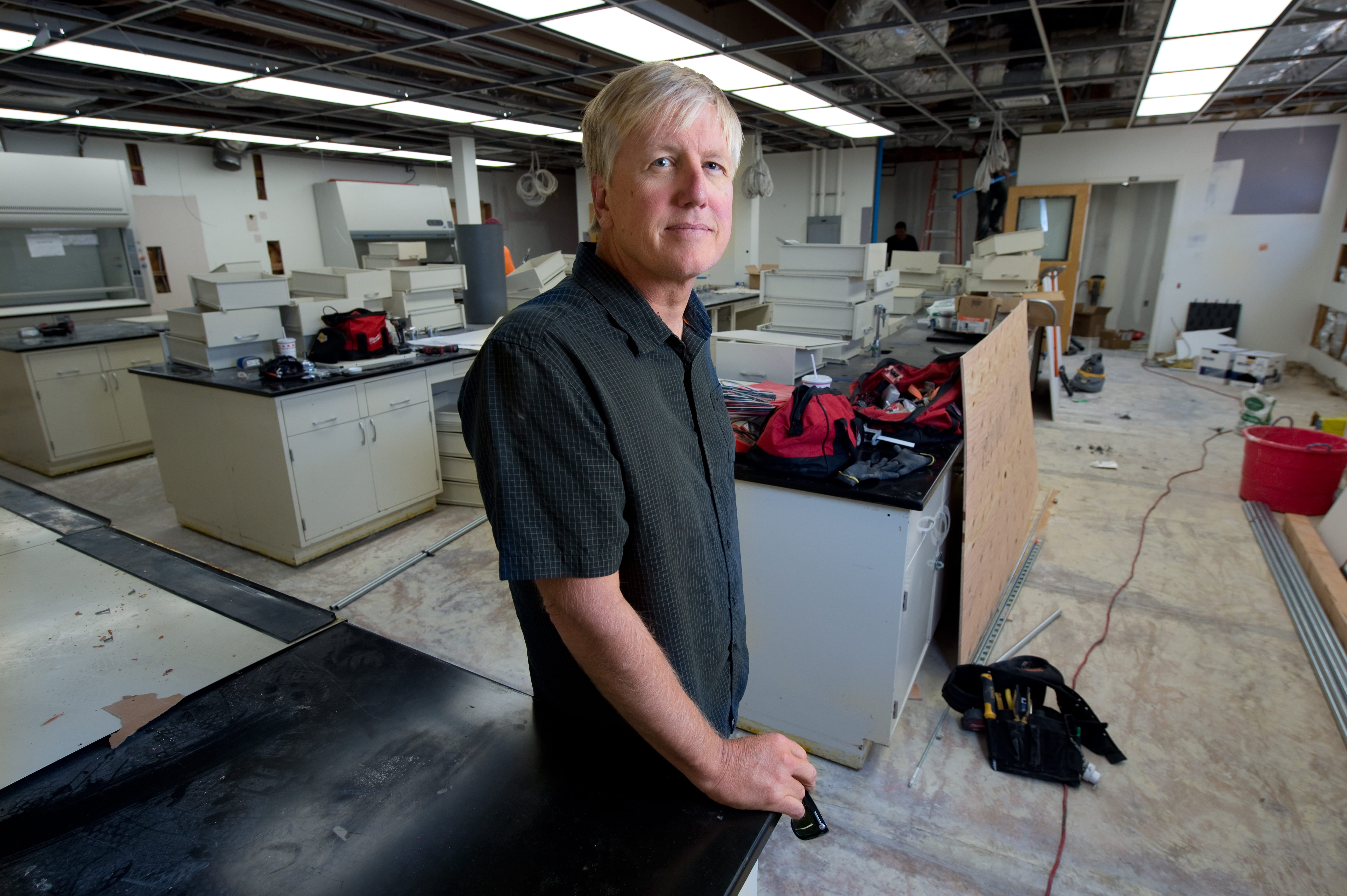Fighting crime with math
UCI’s George Tita and colleagues use math to explain crime hot spots, recommend prevention strategies.

Why are some neighborhoods plagued by break-ins while others nearby are relatively unscathed? Why do drug dealers hang out on that corner? And why is police intervention effective in some cases but not others? For answers, researchers turned to math.
Using a decade of data from the Los Angeles Police Department, UC Irvine criminologist George Tita and colleagues developed a mathematical model of how urban crime hot spots form and spread. It reveals two distinct types of areas that respond differently to suppression tactics.
Illegal activity follows a discernible pattern, Tita says: “Criminals forage for opportunities to commit crimes, much like bees search for pollen or butterflies for nectar. Foraging patterns are predictable, whether you study human or insect behavior.”
Among other variables, the model factors in the location of crime targets – such as homes, cars and people – and the chance of getting caught, based on police presence, environmental cues and information offenders may have gleaned from previous crimes.
Researchers identified two main kinds of hotspots: supercritical and subcritical. The first are formed when small spikes in such crimes as residential burglary and auto theft build up, creating a local crime wave. In the second, a large spike in crime – often drug-related – draws offenders to a central site.
Law enforcement efforts in the two types of hotspots have very different outcomes, the study found. “Stepped-up policing will stop crime in a subcritical area, but police involvement in a supercritical area will simply shift crime to surrounding neighborhoods,” says Tita, associate professor of criminology, law & society.
Tita worked with UCLA associate professor of anthropology Jeffrey Brantingham along with Andrea Bertozzi and Martin Short of UCLA’s mathematics department on the study, which was supported by the National Science Foundation.
The findings, published recently in Proceedings of the National Academy of Sciences, could help law enforcement agencies adopt more effective crime prevention strategies and tailor their approach to concentrated criminal activity.
The team, now investigating whether the model can be applied to crime worldwide, has received funding from the Office of Naval Research to see if it can shed light on insurgent groups in Iraq and Afghanistan.
Such collaboration among criminologists, anthropologists and mathematicians may be key to preventing illegal behavior, Tita says.
“Crime is a function of a motivated offender, a suitable victim and the absence of governance,” he says. “Criminals follow patterns just like everyone else in their daily lives.”


